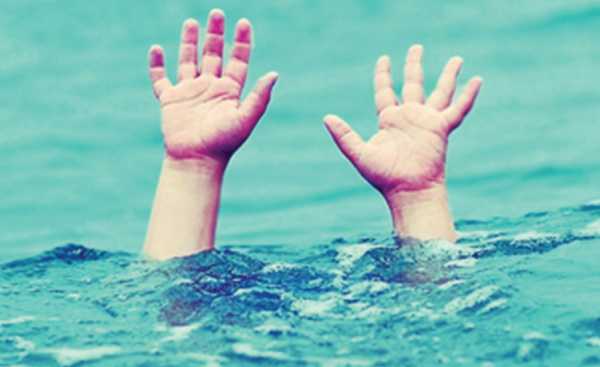HOME HAZARDS TO WATCH OUT FOR when you have young children

Children do not necessarily have to face dreary weather or fights to succumb to injury and other potentially harmful situations; homes too have quite a number of possibly harmful items. As a rule of thumb, where small and curious little hands and feet abide, trouble usually follows. Here is our list of potential home hazards to look out for and how to prevent them.
1) Cuts and fallsSmall children are prone to accidents, which usually stem from unexpected places – toys or shoes lying about, chairs, tables, windows or staircases. Door hinges and railings are also notorious causes of injury when fingers and heads get stuck in between them. The same goes for sharp objects such as knives, nails, forks, scissors and so on.
Prevention: Secure pieces of furniture and appliances such as televisions to avoid tipping over. Install gates at the top and bottom of your stairs while making sure stairs have handrails and adequate lighting. Install window guards on windows and for curious kids, ensure stools or (make-shift stools such as buckets) are out of reach. Store all sharp objects properly and locked up where necessary.
2) Accidental poisoning
Even the most innocent of things such as medicine can be lethal when in the hands of a child. Detergents, bleaches, paraffin and other corrosive chemicals pose a danger to children. Carbon dioxide poisoning from charcoal jikos is a silent killer and therefore harmful to not only children, but every member of the household as well.
Prevention: Move medicines and all other chemicals to high, lockable cabinets. Put latches on every cabinet’s door if within a child’s reach. If using a charcoal jiko is unavoidable, be sure to use it in a well-ventilated room or outside the house.
3) Burns
Burns can be caused in several ways including hot liquids, steam or dry heat (iron boxes, hot coal, lit stoves or gas cookers) and electrocution via exposed or faulty electrical cables. Children suffer burns much faster than adults because their skin is thinner. Temperatures do not necessarily have to be very high for injury to occur.
Prevention: Make sure that all electrical appliances or sources of heat such as iron boxes, toasters and blenders are unplugged when not in use, and well stored. Ensure other sources of heat such as gas cookers are well beyond the reach of children. Store all hot things properly or as far out of reach as possible. Check your cables regularly and ensure regular maintenance and repair of damaged appliances where necessary. Do not overload electrical outlets and invest in socket or plug blockers as well to prevent children from tinkering with the plugs and sockets.
4) Airway obstruction
This ranges from chocking and suffocation to strangulation and is very common with children under one year. Culprits include polythene bags, which children can sometimes put over their heads while playing, soft bedding, small objects or the reverse in some cases, for instance, trying to swallow big chunks of food.
Prevention: Keep all cords out of the reach of children. Inspect toys regularly for loose parts and be sure to clean the playroom regularly just in case small bits roll off under beds or chairs where there’s a danger that children can reach them later on. Get rid of polythene paper bags or at the very least ensure they are not within children’s reach. Food should be prepared according to appropriate ages whether blended, mashed or in chunks and NEVER leave young children or toddlers unattended when they are feeding.
5) Drowning
It is easy to assume that this can only occur in large water bodies such as swimming pools, rivers and lakes but the truth is, bathtubs, toilets and even buckets full of water can present dangers to small children.
Prevention: Do not leave pools of water lying around as they are not only possible drowning sites, but can also lead to slipping. Lock all bathrooms and toilets, and keep away from children basins or containers with water. If you have access to a swimming pool, make sure it is well fenced and covered and children don’t go there unsupervised.
Published March 2016




